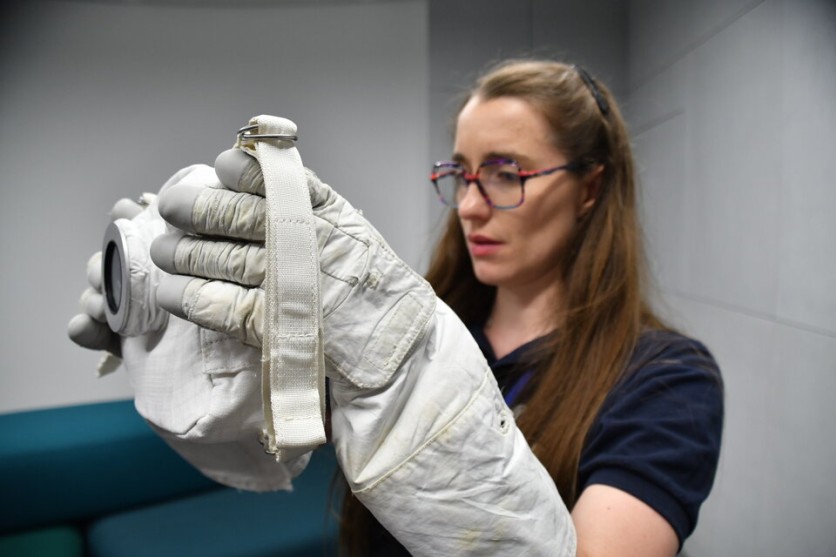In the not-so-distant future, when Artemis III astronauts touch down near the South Pole of the Moon, they will be equipped with a state-of-the-art handheld camera designed to capture the lunar landscape in breathtaking detail.
This device, known as the Handheld Universal Lunar Camera (HULC), is currently undergoing rigorous testing and modifications by NASA to ensure it can withstand the extreme conditions of the lunar environment.

Testing the Moon Camera
The HULC is a product of collaboration between NASA, the European Space Agency (ESA), and the Japanese Space Agency.
Recently, astronauts Thomas Pesquet from ESA, Jessica Wittner from NASA, and Takuya Onishi from the Japanese Space Agency put the HULC through its paces during an important training course.
IFLScience reports that the testing took place on the volcanic island of Lanzarote in the Atlantic, offering a unique lunar-like landscape where astronauts could simulate various extreme scenarios for lunar photography.
This testing environment allowed the team to evaluate the camera's performance in both broad daylight and in dark volcanic caves, providing insights into its suitability for a wide range of lunar conditions.
Amazing Specs
One of the standout features of the HULC is its adaptability to the unique challenges of space exploration.
It can operate in temperatures ranging from a bone-chilling -200°C to a scorching 120°C (-328 to 248°F), and it is designed to protect against dust and debris.
Notably, the camera features ergonomic buttons tailored to be easily operated by astronauts wearing cumbersome space gloves, addressing a key challenge lunar photographers face.
One of the remarkable aspects of this camera is its potential to capture a significantly higher number of images and videos than the cameras used during the Apollo missions.
The standalone mechanical Hasselblad cameras used during the Apollo missions captured a total of 1,407 photos. In contrast, Artemis III is poised to collect an even greater number of images, not for mere sightseeing but primarily for scientific purposes.
The Future of Lunar Photography
The camera is set to revolutionize lunar photography with its innovative design. Unlike the cameras used during the Apollo era, the HULC is the first mirrorless camera for handheld use in space.
Mirrorless cameras excel in low-light conditions, making them well-suited to the challenging high-contrast lunar environment.
In addition to capturing high-resolution images, the HULC will also record videos. This feature will not only provide situational awareness to ground teams but also document the exploration of the Moon in a way never before possible.
As astronaut Thomas Pesquet, who has taken over 380,000 pictures in space, points out, "On the Moon, just pressing the buttons in auto mode won't be good enough."
With the Artemis III mission set to land near the South Pole of the Moon, where the crew will search for evidence of water ice, the camera's capabilities will be vital for documenting scientific discoveries in challenging conditions, including low light levels and high-contrast environments.
While the core of the camera remains consistent, ongoing improvements and modifications continue to be made. The camera is set to undergo further testing, including on the International Space Station, to ensure it can withstand the thermal, vacuum, radiation, and abrasive challenges of lunar dust.
Stay posted here at Tech Times.

![Apple Watch Series 10 [GPS 42mm]](https://d.techtimes.com/en/full/453899/apple-watch-series-10-gps-42mm.jpg?w=184&h=103&f=9fb3c2ea2db928c663d1d2eadbcb3e52)



